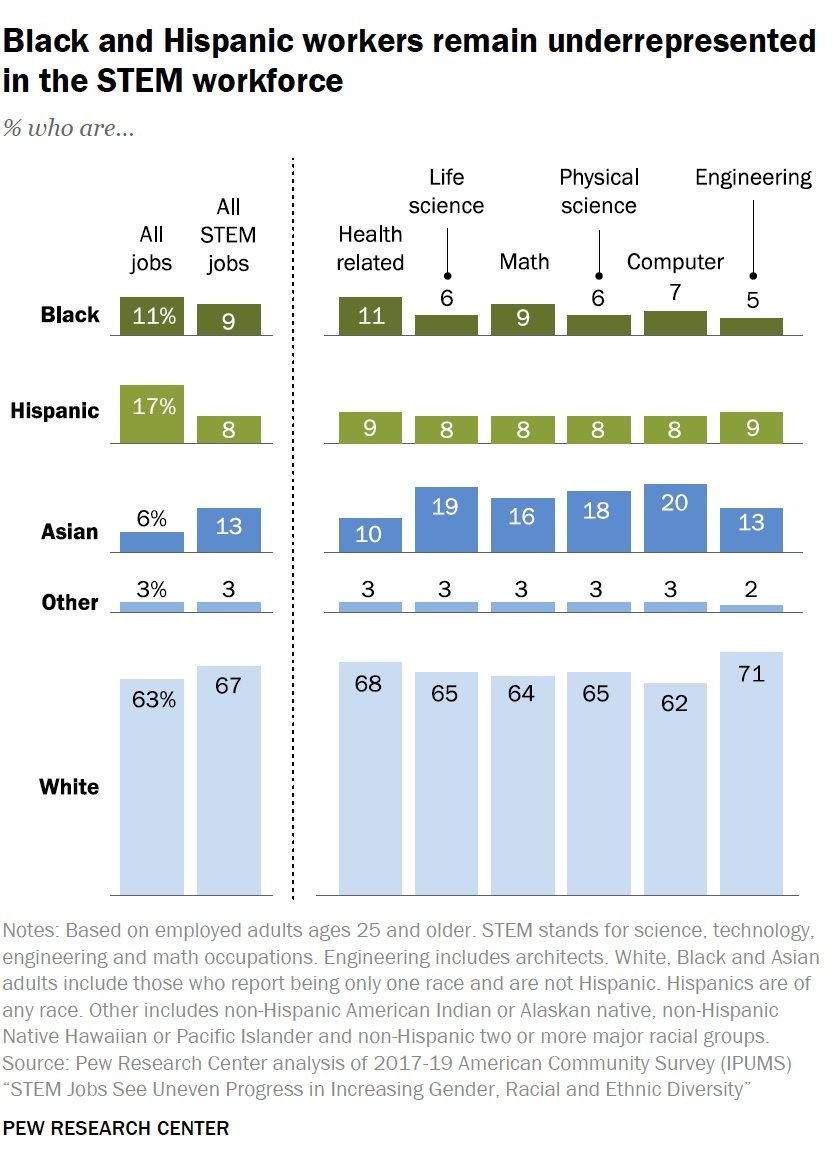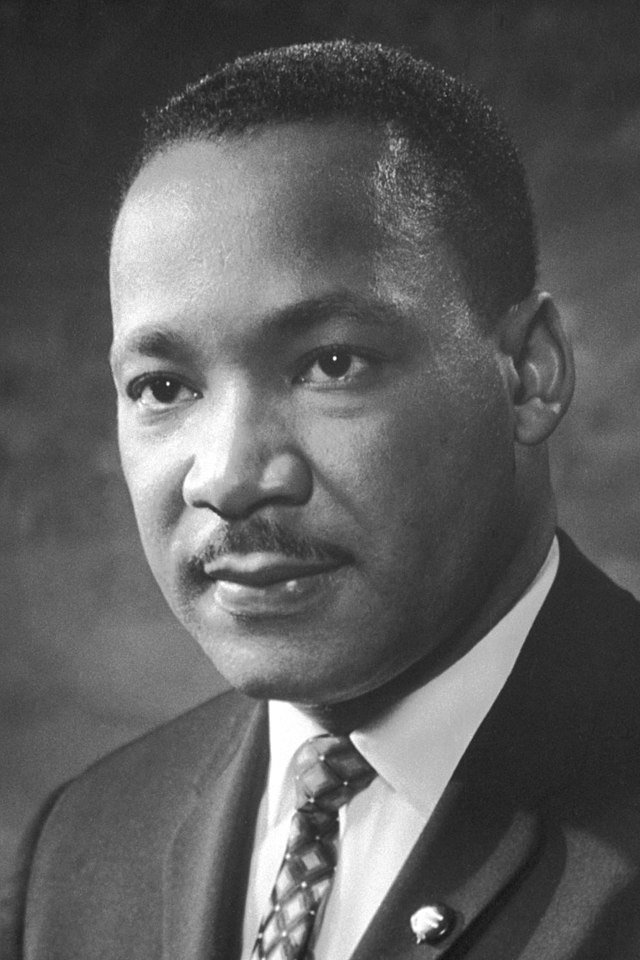“DON’T COUNT THE DAYS, MAKE THE DAYS COUNT.”
— Muhammad Ali (1942-2016)
Muhammad Ali, born Cassius Clay, was one of the greatest heavyweight boxers in history. He began his boxing career at a young age and quickly rose through the ranks, earning a gold medal in the 1960 Olympics.
Not only did Ali dominate the sport with extraordinary athletic abilities, but he also captivated audiences with his bold personality and sharp wit. He coined phrases such as “float like a butterfly, sting like a bee” and “I am the greatest,” becoming an icon known for his self-confidence and charisma.
Outside of boxing, Ali was a civil rights advocate, humanitarian, and goodwill ambassador.
TAKE AWAY: Ali encouraged individuals to focus on making each day meaningful and purposeful. Do not simply count down the passing of time. Instead, pursue your dreams, contribute to your communities, and live intentionally and with a sense of purpose.
























